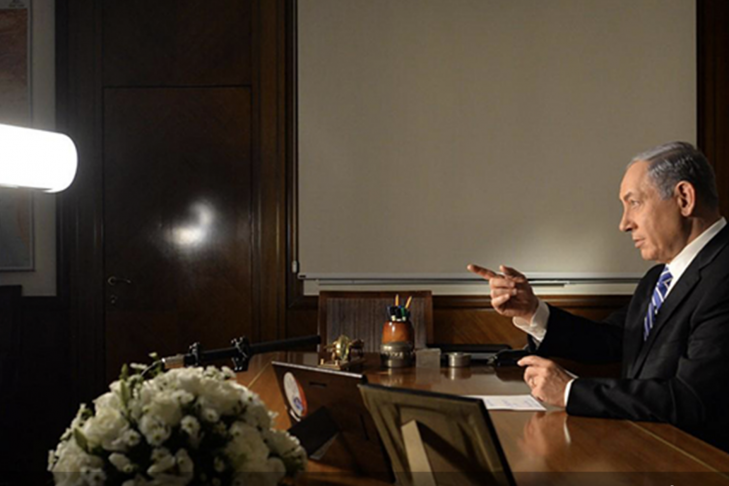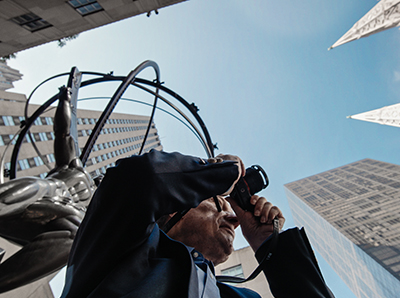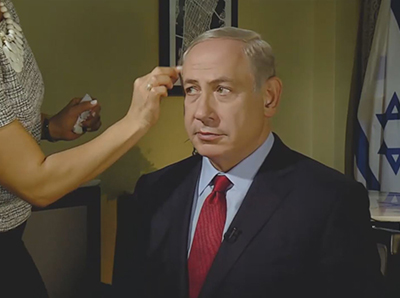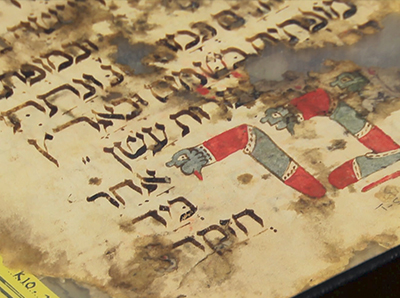Founded in 1976 and housed on the campus of Brandeis University, the nonprofit National Center for Jewish Film preserves and screens films reflecting the Jewish experience. As posted on the organization’s website, the center “exclusively owns the largest collection of Jewish content film in the world, outside of Israel.” The center’s 15,000 films feature all manner of genre, including newsreels and home movies, some dating back to 1903.
The organization’s Annual Film Festival takes place May 7-19 and features a broad offering of Jewish films both domestic and international. The following curated reviews reflect the eclectic mix of films and documentaries in this year’s lineup.
“Abe”

It’s no surprise that Abe’s 12th birthday party in his Brooklyn brownstone deteriorates into a hostile referendum on Middle East politics, given that his father’s family is Palestinian, and his mother’s people are Israeli. Although each side claims Abe as their own, he has other ideas.
Abe’s passion is food and cooking, which he meticulously blogs about on Tumblr at “Abe Cooks.” On Thanksgiving, he creates a feast for the stomach and the eyes only to have the holiday turn into a culture war between the families. Should Abe have a bar mitzvah? Should he fast for Ramadan? Confusion and hostility set in, and Abe runs away from home to a street fair. While there he discovers a “mix it up” kitchen run by a Brazilian chef named Chico. Chico’s fusion of South American, Jamaican and American cooking suits Abe in concept and practice.
Thinking they are pleasing their son, Abe’s parents enroll him in a summer cooking camp that is too remedial for him. Abe ditches camp and makes his way to Chico’s multicultural kitchen, where he’s initially assigned to wash dishes and take out the trash. It may be a setup for a predictable ending, but the film aims to draw an analogy between the various identities that feed into the preparation of food and life. In the end, there’s no doubt that Abe will integrate into his life the best from all his worlds.
“The Tobacconist”
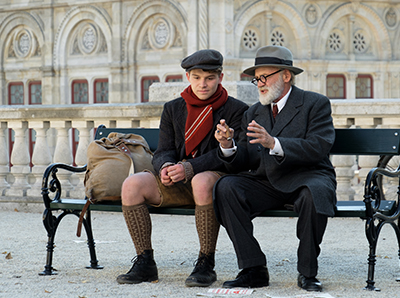
There’s a fine line between the personal and political in this World War II-era story. Franz comes to Vienna from the idyllic lakeside town of Attersee. The teenager’s mother has sent him to the Austrian capital to work in the tobacco shop of an old lover. Otto is both irascible and principled. He lost a leg in World War I and welcomes customers of all faiths and perspectives into his shop. His favorite patron is Sigmund Freud, who is as famous for his penchant for cigars as he is for his interpretations of patients’ dreams.
Franz befriends the revered psychoanalyst and asks for advice about his infatuation with Anezka, a young woman who is clearly experienced in the ways of love. As it happens, the relationship has Freudian overtones—Anezka is a stand-in for Franz’s mother, who has had a number of dalliances. Intertwined with this unsettling love story are scenes of growing violence in Vienna. Otto is arrested for serving communist and Jewish customers. Nightmares plague Franz, and Freud encourages him to write about them in a notebook. The teen dutifully records his dreams. He then tears out the sheets of paper and pastes them by the door of the tobacco shop for the public to read.
The audience will likely intuit the ending early in the film. However, vibrant performances and a compelling story will engage viewers.


